Hello! I’m Emma. That's me on the left, on a little weekend excursion to Arthur's Pass National Park in New Zealand a few months ago. I love wildlife, I love photography, and I run this website. It’s officially for my master’s thesis, but this is something I’ve been wanting to do for a while now. But I’ve been so caught up in the nitty-gritty details of getting the site up and running, and writing all the photographer stories and everything, that I’ve sort of lost track of why I wanted to any of this in the first place. So I guess this first post will serve as an introduction for you, but for me, it’s a way to ground myself and re-focus (so to speak).
Whoa, so artsy! Looking back through pictures I took at age 15 was a hilarious nightmare. The dragonfly below isn't so bad though...
Why did I get into photography in the first place? At the very beginning, it was because I had a crush on a camp counselor named Dan. He was offering a digital photography session at the arts summer camp I attended as a teenager, and I had a cheap point-and-shoot camera with me. It was clearly romantic destiny, so I signed up for the activity. My photos from back then are awful, but it sparked something. An interest in photography, that is – nothing ever happened with Dan. From then on, I meticulously documented all family vacations, and used the lens to closely investigate my own backyard in suburban Maryland.
A few years later, I got a new camera, a Nikon Coolpix with a 21x zoom (ooh, fancy!). Shortly afterwards, I went to South Africa and spent a week in Kruger National Park. I’d always liked animals, but I had no background in biology or conservation. I didn’t really know what I was doing for the first couple of days in the park; we’d go out to look for animals and find impala or maybe a few zebras, but not much else. But then we started researching the animals and the park’s conservation efforts more seriously, and our luck changed. I became absolutely determined to find and photograph Kruger’s rarest animals. We found lions and leopards, a few white rhinos, and once we were lucky enough to spot a cheetah stalking wildebeest, but no black rhinos or wild dogs. I started a list of animals to photograph, and it’s been expanding ever since. I’ve stepped up my camera game too, with a DSLR (although I really could do with a longer lens than 200mm, but that’s for another post).
Then I moved to New Zealand for grad school. Wildlife conservation is a major issue here; introduced predators like stoats and rats decimate populations of endemic birds, or those found only in NZ. The kiwi, the national bird, is the most famous of these, but keas (extremely intelligent alpine parrots) and whio (blue ducks) are also becoming difficult to find in the wild. The takahe (a large blue-purple rail) and the kakapo (a flightless parrot) have been driven nearly to extinction. But the more endangered an animal is, the more determined I am to find and photograph it – ideally in the wild – before it disappears.
The kea, the world's only alpine parrot, is endemic to New Zealand (meaning it's only found in New Zealand). They're smart as hell, and they'll shred all the rubber on your car. There's also only about 5,000 of them left.
I may not be a world class photographer, but I’ve now spent a lot of time in nature trying to take pictures, as well as researching the animals I find – or more often these days, don’t find. I’ve seen wildlife populations decline as people spread out. Human expansion is the main reason we’re losing so much biodiversity. If we continue at our current rate, we’ll be facing the next mass extinction (75% of species lost) within the next 200 years. Sometimes I hate humankind for what they’ve done to animals. On the other hand, there are a lot of people doing good work to protect biodiversity – and many of them have cameras as their primary tools. I’ve spoken to several of them while putting together the Wild Focus Project.
My mom gets acquainted with a curious weka (a flightless rail) on Ulva Island, off the southern coast of New Zealand's South Island.
Now I'm on a mission to fight human-caused biodiversity loss in my own unique way. Every species is unique and incredible, and every species that disappears is a loss. Given how popular photography has become, I believe that it could be a gateway for many more people to connect with the natural world and come to value the sheer variety of beings that share this planet. And photography’s not the only pathway either; paintings and drawings, creative writing, and even performance art could all make a difference. Photography’s just one of the more accessible options.
And to think – all of this was brought about by a summer camp counselor many years ago. Thanks, Dan, I owe you one.






